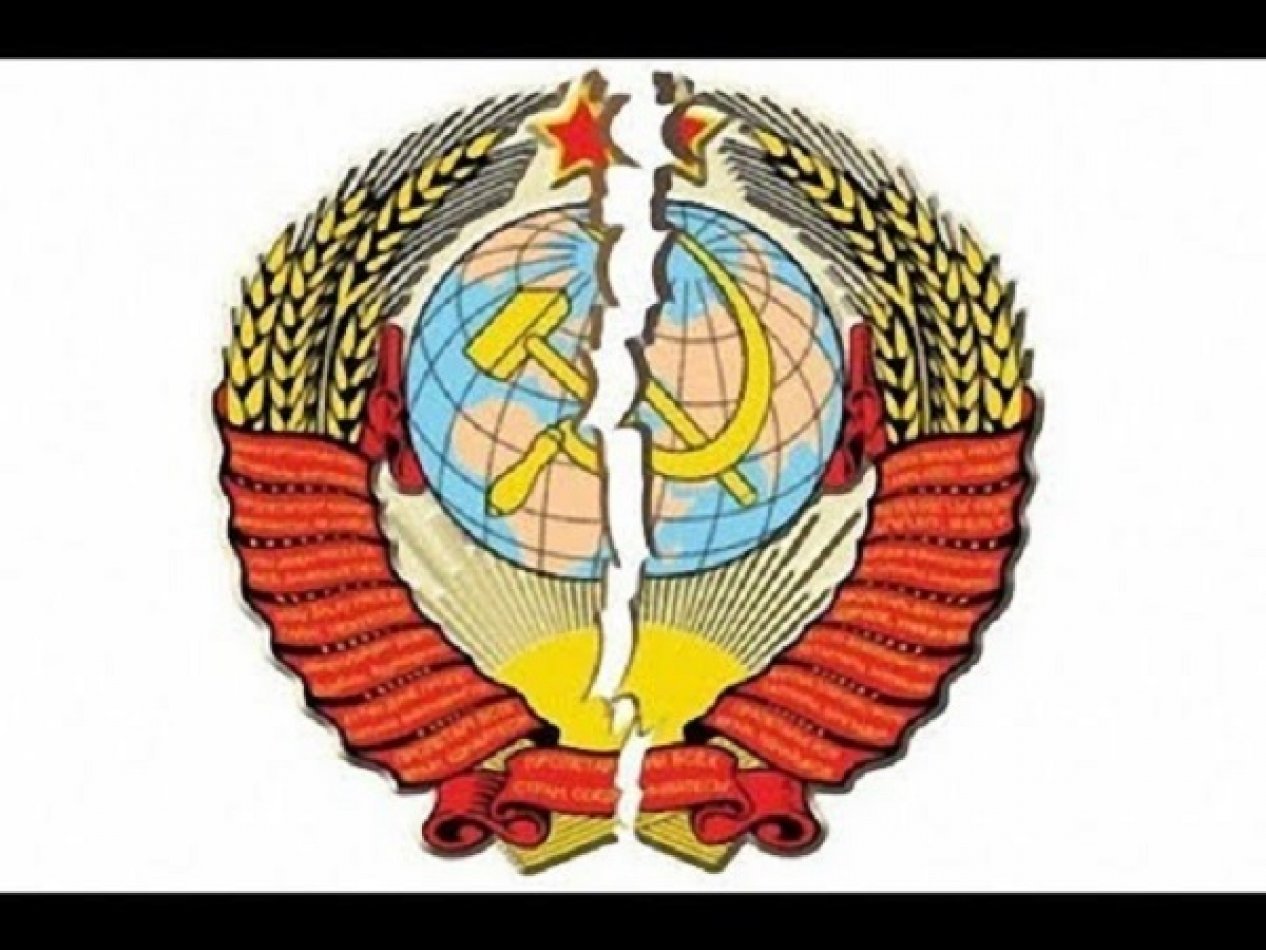
The Bolsheviks dreamed of a world revolution, which, in their opinion, would abolish national states altogether. Therefore, borders were arbitrarily cut, and generous territorial “gifts” were handed out, reads an article by President of the Russian Federation Vladimir Putin published on the official presidential website. In his article, he notes, with reference to the Russian politician A. Sobchak, that the Belavezh Accords of 1991 actually annulled the agreement on the creation of the USSR, as a result of which the founders of the Soviet Union must return to the borders in which they were before joining it.

Let’s start with the fact that the Azerbaijan Soviet Socialist Republic (Azerbaijan SSR) was formed on April 28, 1920, immediately after the fall of the Azerbaijan Democratic Republic. From March 12, 1922 to December 5, 1936, it was part of the Transcaucasian Federation, and from December 5, 1936 it entered directly into the USSR as a Union Republic.
The fact is that in 1922 on the territory of the former Russian Empire there were 6 republics: the RSFSR, the Ukrainian SSR, the Belarus SSR, the Azerbaijan SSR, the Armenian SSR and the Georgian SSR. From the very beginning, there was close cooperation between them, due to the common historical fate. During the Civil War, a military and economic alliance was formed, and at the time of the Genoa Conference in 1922 – a diplomatic one. The unification was also facilitated by the common goal set by the governments of the republics – the building of socialism on the territory located “in the capitalist encirclement.”
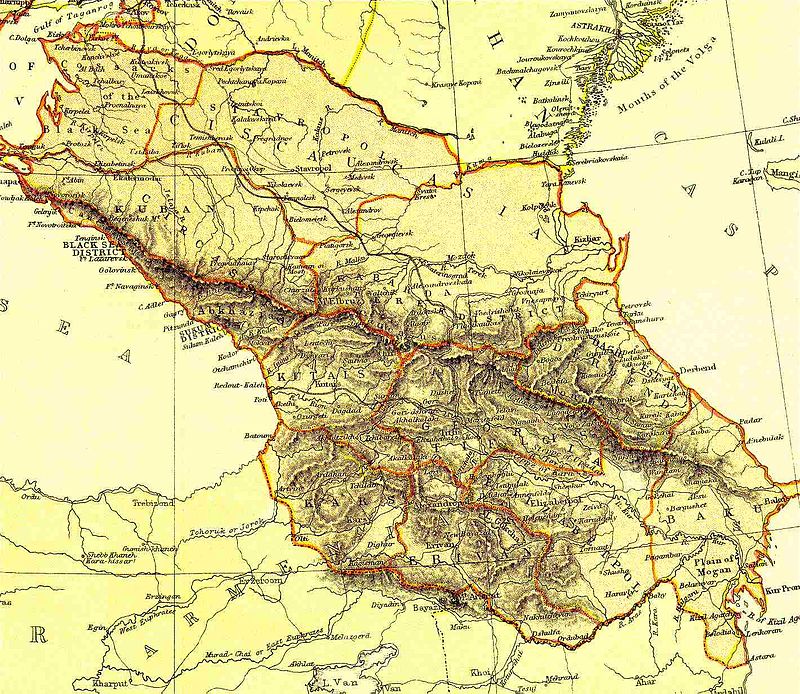
In March 1922, the Azerbaijan, Armenian and Georgian SSR united into the Transcaucasian Soviet Federative Socialist Republic. In December 1922, the First Transcaucasian Congress of Soviets addressed the Presidium of the All-Russian Central Executive Committee with a proposal to convene a joint congress of Soviets and discuss the creation of a union of Soviet republics. The same decisions were made by the All-Ukrainian and All-Belarusian Congresses of Soviets.
These decisions were preceded by a heated discussion on the way the republics would enter into a single union state. Supporters of the plan for autonomization, developed by J.V. Stalin, advocated a high degree of centralization of power, provided that the national and cultural autonomy of the republics was preserved. Lenin’s plan, supported by the majority of the participants in the unification process, on the contrary, assumed the creation of a federal state with the preservation of the sovereign rights of the republics. Namely it was taken as a basis.
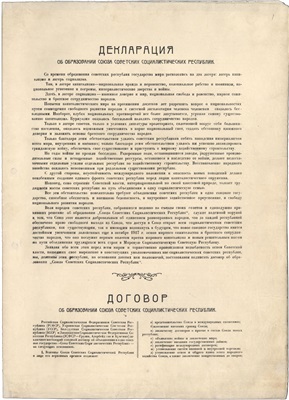
On December 30, 1922, at the I All-Union Congress of Soviets, representatives of the RSFSR, the Ukrainian and Belarusian Soviet Socialist Republics, and the Transcaucasian Federation signed the Declaration on the Formation of the USSR and the Union Treaty.
Thus, Azerbaijan and Armenia became subjects of a federal state, and despite their formal subjectivity, they remained directly subordinate to the central Bolshevik leadership in Moscow.
Going back a few years ago, after the occupation of the Azerbaijan Democratic Republic in April 1920 by the XI Red Army, the Azerbaijani Bolsheviks who seized power inherited the problem of the territorial conflict with Dashnak Armenia. The parties tried to substantiate their rights to Karabakh and Zangezur. Having lost its own army, Baku was forced to rely only on Soviet Russia in solving the most important issue for it – the restoration of the territorial integrity of the republic.
Guided by the need to earn the loyalty of Armenia, which at that time was still cooperating with the anti-Soviet Entente, the central authorities decided the issue in favor of Armenia. It was decided to transfer the territories of Karabakh, Zangezur and Nakhchivan to Armenia, but not immediately, but later, in a suitable political situation. Georgy Chicherin, the first People’s Commissar for Foreign Affairs of the USSR, played a key role in making this decision.
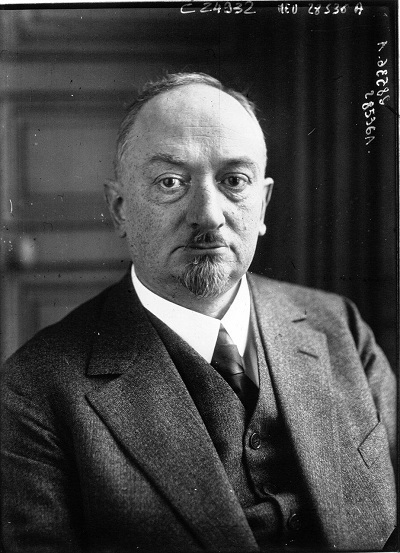
On August 10, 1920, Russia illegally ceded the territory of Sharur-Daralayaz, which belonged to Azerbaijan, to Armenia. Karabakh, Zangezur and Nakhchivan were declared “disputed provinces”
On the eve of the Sovietization of Armenia, the Bolshevik leadership, represented by Joseph Stalin, on November 4 and 9, 1920, made a number of loud statements in Baku about the further fate of Zangezur and Nakhchivan. Their essence was expressed in the intention to transfer these territories to Soviet Armenia. Having driven a wedge in this way into Azerbaijan and Turkey and creating an Armenian buffer, Moscow sought to deprive them of their direct borders in the future.
By the decision of the Politburo and the Orgburo of the Central Committee of the AKP (b) of November 30 and the declaration of the Baksovet of December 1, 1920, Zangezur and Nakhchivan were to be transferred to Soviet Armenia. These decisions were enshrined in clause 3 of the agreement between the RSFSR and the Armenian SSR of December 2, 1920, according to which all territories of the Erivan province, including Nakhchivan, as well as the Zangezur district, or rather, its western part, were recognized as Armenia. The report of the headquarters of the Caucasian Front dated July 16, 1921 says about the complete liberation of Zangezur from the Dashnak forces. Thus, the process of the annexation of the western or upper Zangezur to Armenia was completed.
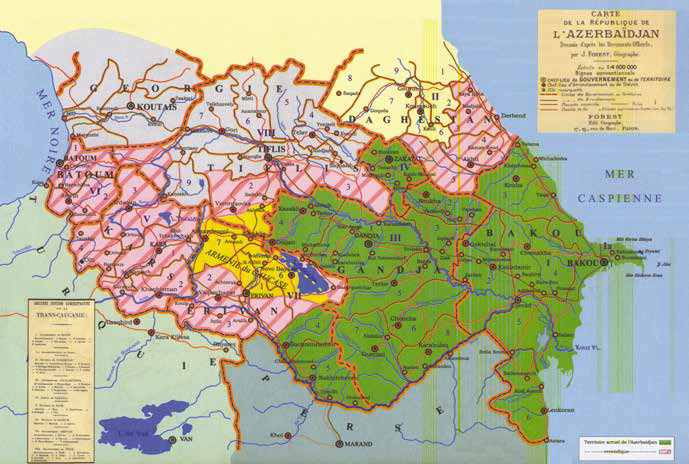
Nakhchivan, as mentioned above, thanks to Turkish pressure, remained a part of Azerbaijan. For political reasons, a similar decision was made with regard to Karabakh.
The Observer: Nagorno-Karabakh land was granted to Azerbaijan by Stalin
In the future, Moscow continued to pursue a policy of indulging Armenia’s claims to the lands of Azerbaijan. So in 1922 the territories of Goycha and Dilijan were transferred to it, in 1923, 9 villages of Nakhchivan, in 1929 Meghri, in 1938 – partially the villages of Sadarak and Kyarki, in 1969 – the summer pastures of Garagol in the Lachin region, the territory of Chayzemi in Gubadli region, Kemerli of the Qazakh region, part of the Zod gold deposit in the Kalbajar region, in 1982 a summer pasture Injedere, part of the land near the villages of Kemerli, Aslanbeyli and Gaymagli of the Qazakh region, in 1986 – 2,500 hectares of pasture land in the Qazakh region.
Armenian TV channel: Karki village belongs to Azerbaijan
In particular, under pressure from the leadership of the USSR, the Presidium of the Supreme Soviet of the Azerbaijan SSR on May 7, 1969 approved a resolution adopted on May 5, 1938 on the transfer of more than 2,000 hectares of land to the Armenian SSR in regions adjacent to the Armenian SSR. On July 14, 1969, Heydar Aliyev, elected as the head of the Azerbaijan SSR, suspended the implementation of this decision, and eventually achieved its cancellation.
He also managed to prevent the implementation of the resolution of the Central Committee of the CPSU “On abnormal relationships between some collective farms of the Shamsadil region of the Armenian SSR and the Gadabay region of the Azerbaijan SSR” dated August 5, 1969, according to which 1,568.2 hectares of Azerbaijani land were to be transferred to Armenia.
The clarifications of the borders and the clashes that accompanied them took place until the mid-1980s, one of which, in October 1984, resulted in an Armenian-Azerbaijani clash in the forest zone on the Noyemberyan-Gazakh border section.

So, during the years of Soviet power, Zangezur, Goycha, part of Nakhchivan and other regions were removed from Azerbaijan and annexed to Armenia. As a result, the territory of the country, which during the period of the Azerbaijan Democratic Republic was 114,000 km², was reduced to 86,600 km².
As for the “Belavezh Accords” mentioned by Vladimir Putin as an argument in support of the narrative “leave with what you came”, from the point of view of international law, such a justification is not entirely correct. The point is that, in the opinion of the president of the Russian Federation, with the termination of the Union Treaty, the grounds on which some subjects of the USSR received additional territories exist no more. Consequently, they can only claim what they had before joining the Union. There is no such an approach in international law, in particular in the 1969 Vienna Convention on the Law of Treaties, which regulates the conclusion and termination of international treaties.
Nevertheless, in everyday practice, including in divorce, the sides part, retaining their premarital property, unless a separate agreement between them provides for a different settlement procedure when the relationship is terminated. In the Union Treaty, signed by the founders of the USSR at its creation, there are no such reservations.
Thus, we are convinced that the words of President Vladimir Putin about the voluntaristic change of borders and territorial manipulations of the Soviet regime during the USSR period are brilliantly confirmed by examples of the annexation of Azerbaijani territories in favor of Armenia.




















